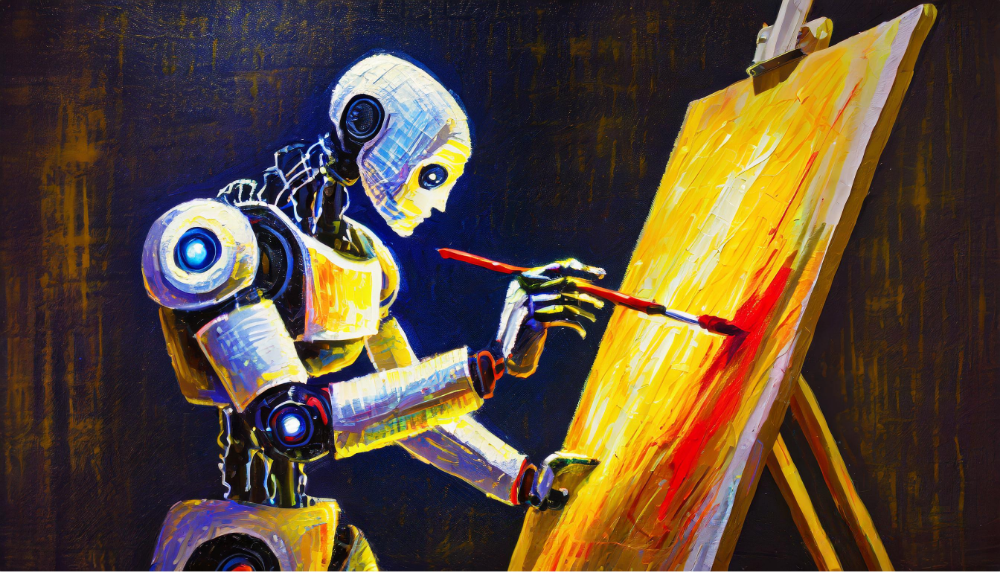Art and technology are intertwined more than ever, and their convergence is transforming both the creative process and technological innovation. This evolution has led to digital art displays that incorporate technology as a fundamental, interactive component of artistic expression. Augmented reality (AR) exhibitions, for instance, are redefining the way we interact with art, making it an immersive experience that transcends traditional boundaries.
Moreover, the rise of 3D printing technology allows artists to convert their digital visions into tangible sculptures. This melding of art and tech expands the artists’ canvas and democratizes the art creation process, as 3D models are shared and brought to life in physical form.
Generative art represents another frontier where code and algorithms become the paintbrush and palette. Artists set parameters and rules, and the computer generates art, creating a dynamic play between artist intent and algorithmic surprise. This form of art can evolve and respond to environments or data inputs, highlighting the fluid nature of art and technology’s intersection.
Digital storytelling, too, has been revolutionized by technology. Multimedia experiences enriched by interactive elements and compelling narrative structures engage audiences in profound ways. These stories are not just told; they are experienced, often leaving a lasting impact on the consumer.
For tech entrepreneurs, the infusion of artistic elements into their ventures can be transformative. It can elevate a product’s design, enhance branding, and articulate a company’s vision and values more compellingly through storytelling. Arts-based approaches to brainstorming can kindle innovation, while a focus on human-centered design ensures products meet genuine human needs and desires.
In the workplace, integrating art can improve employee well-being and foster a culture of creativity and innovation. Moreover, ethical considerations in technology development gain a new dimension when viewed through an artistic lens, encouraging a balance of responsible innovation with creative freedom.
As technology evolves, it continues to provide artists with novel tools and mediums, while artists offer technologists a lens through which to view the impact and potential of their innovations.
This symbiotic relationship promises to usher in an era of unprecedented creativity and technological advancement, where the ultimate beneficiaries are not just the creators but society at large, as it witnesses the blossoming of art and technology in harmony

